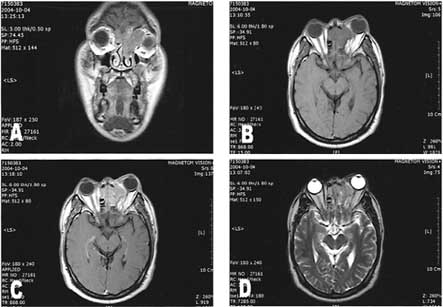Rhabdomyosarcoma
Introduction
Rhabdomyosarcoma is a cancerous tumor which develops in the body’s soft tissues, usually the muscles. It commonly affects the head, neck, bladder, vagina, arms, legs, and trunk. Cells from these tumors are often fast growing and can spread to other parts of the body.
RMS is the most common type of soft-tissue cancer in children. It is most common in age group between 2 and 6 years old and again between 15 and 19 years. Boys tend to be affected more often than girls.
Treatment of RMS includes chemotherapy, surgery, or radiation. With early detection and timely treatment, most cases can make a full recovery.
Types of Tumors
The two main types of RMS are:
• Embryonal RMS: This tumor develops usually in the head and neck area, genitals, or urinary tract in kids younger than 6 years. Although this tumour is considered as an aggressive type of tumor, it usually responds well to treatment.
• Alveolar RMS: This type occurs during the teenage years and most often affects the arms or legs, chest, abdomen, genitals, or anal areas. This type is also fast growing but often more difficult to treat. Most kids with this type of tumor need intensive treatment.
Iranian specialists have made remarkable achievements in infants' surgeries and Iran is among few countries that have gained access to the latest surgical technologies

Causes
The cause of RMS is yet unclear, but many researchers believe that the tumor may begin to develop before birth. It is postulated that in a developing fetus, a genetic mutation occurs inside the cells, causing them to differentiate into muscle tissue.
Certain medical conditions can make some children more prone to develop rhabdomyosarcoma. These include:
• Li-Fraumani syndrome, a disorder which predisposes kids to certain cancers
• Neurofibromatosis, a condition typified by tumors on nerve tissue
• Beckwith-Wiedermann syndrome, a disorder which causes excessive growth
• Costello syndrome and Noonan syndrome, these are complex disorders that can cause deformities, mental retardation, and other problems.
Signs and Symptoms
Symptoms generally depend on the size and site of the tumor. A lump may be apparent on a child’s body and there may be painful swelling. Sometimes, the tumor may be so deep within the body that it produces few if any symptoms.
When in the head, RMS may cause headaches, bulging of the eye, or a droopy eyelid.
In the urinary system, it may lead to problems in urination and bowel movements, blood in the urine or stool.
If a muscle tumor is pressing on a nerve, there may be tingling or weakness in the area supplied by the nerve.
Diagnosis
If RMS is suspected, the doctor performs a thorough physical exam and may order following tests:
• Imaging studies. These may include a CT scan, MRI, X-ray, bone scan, and ultrasound. These tests can determine the size, location and spread of the tumor.
• Biopsy. A tiny sample of cancerous tissue is removed from the body for further examination under microscope. This can help in diagnosis as well as in treatment planning.
• Blood tests. Tests such as a complete blood count, liver function tests, and blood chemistries can also give important information. If the doctor suspects the tumor is related to an underlying genetic condition, certain genetic tests also may be done.
• Bone marrow aspiration and biopsy. Bone marrow is the spongy tissue inside bones which makes blood cells. This procedure involves removing a small sample of bone marrow tissue and examining it for cancer cells.
Treatment
Treatment of RMS and other soft-tissue tumors depends on staging. Staging is a classification system that helps doctors to determine how far the cancer has progressed. It takes into account factors such as size of the tumor, extent of penetration of an organ, and whether the tumor has spread to nearby or distant organs.
Staging and other factors such as the type of tumor and the child’s age and overall heath can help in planning the treatment. The treatment may include the following options, in combination or alone:
• Surgery. When the tumor is localized to an area that doctors can reach safely, surgery is performed to remove as much of the tumor as possible.
• Radiation. This treatment uses high-energy radiation from X-raysor fast-moving subatomic particles such as proton beams to target and destroy cancer cells. Besides killing cancer cells, radiation therapy also can harm normal cells, causing physical side effects like fatigue, nausea, and hair loss.
• Chemotherapy. This treatment works to treat cancer cells throughout the body. Several chemotherapy drugs are often combined to attack the cancer cells by different mechanisms. Like radiation, side effects are likely but will subside after the treatment ends.